As an Amazon Affiliate, I earn from qualifying purchases at no extra cost to you.
This Horse Unit Study has all you need to learn about Horses with your students in a fun way with videos, crafts, printables, recipes and even an interactive quiz!
The most enjoyable way to learn about something is to explore it from every angle and in every way possible. With this Horse Unit Study, your children AND you will enjoy learning about Horses as you watch videos, read books, do crafts and printables and even make food together. Have fun!
In the printables section there is no end to keep everyone busy; find word scrambles, word searches, I spy, how many words can you find, coloring pages and guess the phrase.
There are also educational videos to watch, new books to check out, jokes to enjoy together and songs to learn.
Follow my Horses Pinterest Board for dozens of ideas from all around the web! I am constantly finding new things to add so there will be new things all the time!
When is National Horse Day?
There are several special days for horses because they are pretty special animals!
National Horse Day is December 13th.
World Horse Day is March 1st.
There is even a National I Love Horses Day on July 15th.
This Unit Study is the perfect thing to do leading up to those days. Of course, any time is a great time to learn about horses!
Other Unit Studies
Seasons and Holidays
Animals
Facts about Horses

Horses are mammals.
A male horse older than four years old is called a stallion or a gelding. A gelding is a male who cannot be a father.
A female horse older than four years old is called a mare.
A baby horse is called a foal from when it is born until it is one year old.
A young horse is called a yearling from when it is one year to two years old.
A female horse less than four years old is called a filly.

A male horse less than four years old is called a colt.
Horses usually live between 25 and 30 years. Some live to be 40 years old and a few have lived even longer than that! The oldest on record was Old Billy, who lived to be 62 years old.
Mares are pregnant between 320-370 days.
Mares usually have just one baby at a time. Twins are rare.
The horse’s body
A horse’s feet are called hooves.
Domestic horses must have their hooves taken care of by a special person called a farrier.
Most domesticated horses need to have their hooves trimmed and horseshoes reset every 5-8 weeks. Some are shod and some are barefoot. It depends on the horse and what they are used for. (Thank you, Jamie, for correcting me when I thought all domestic horses must be shod. :))
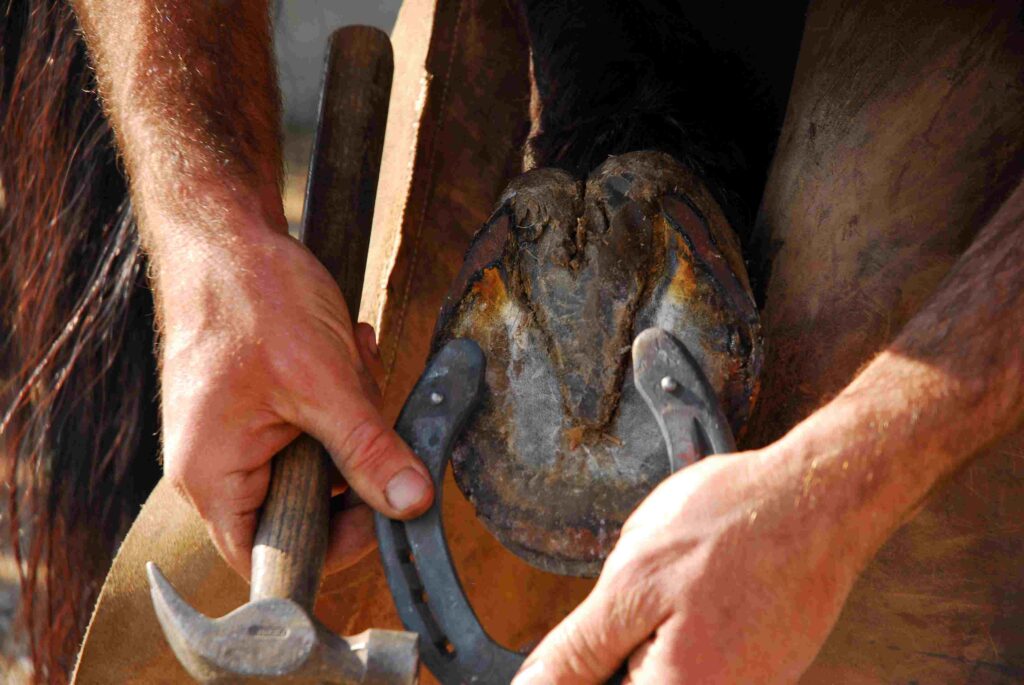
A wild horse’s hooves don’t need shoes because they wear down on the ground they naturally travel on.
How to Shoe a Horse | Important Tips and Tricks for Horse Shoeing 5:42
A horse’s eyes are located on the side of its head, not the front. This gives it great vision for things to its side but also gives it a blind spot—a spot it can’t see—directly behind and directly in front of its nose. Check out this article for Two exciting activities to explore blind spots.
The horse has the largest eyes of any land mammal. They have excellent vision both at night and in the daytime.
Their sense of smell is not as good as a dog’s but is much better than a human’s.
A horse’s height is measured in hands, not feet and inches like people are. They are measured to the top of their withers—their shoulders–because it is an unmoving point.
Horses can sleep standing up. They are able to lock the main joints of their legs so they don’t fall. They do also sleep lying down.
Horses can’t vomit. They have a special valve at the entrance to their stomach to keep food from going back into their mouth.
Horse’s ears can rotate 180 degrees so they can hear a full circle around them.
Horses smell the air by curling up its top lip. It looks like it is smiling but it is using its vomeronasal organ to magnify smells.
Horses need 30-60 minutes of deep sleep every day and they lightly doze a lot more than that.
A horse’s teeth are worn down from grazing throughout their life. That is why it is possible to look at their teeth and estimate their age.
A horse also has a great sense of balance and sense of touch. They can feel even an insect landing anywhere on its body.

They even have an advanced sense of taste so can pick out what they would like and their lips are prehensile to pick up small pieces of their chosen treats.
Horses have very good memory.
Horses at work
Horses are very intelligent and curious. They can be trained to do many things.
Some horses have a job, just like people. They work on ranches, in police or search and rescue work or helping those who need therapy. Training Police Horses for Manchester’s Streets | Mounted Branch 3:11
They are also used for sports like rodeos or jumping or racing.
MY FIRST 5 STAR HORSE EVENT | Vlog 7:54
Some horses are very fast. Who is the fastest? There are two basic types of racehorses; some go short distances and some go long distances. A quarter horse is fastest to go short distances and can go and average of 45-55 miles per hour. The fastest recorded is 55 miles per hour! A thoroughbred is best for galloping fast for longer distances but goes “only” an average of 40 miles per hour. The fastest thoroughbred was recorded at 45 miles per hour.
Some horses are very strong. In 1924, there were a pair of Shire draft horses that could pull 100,000 pounds! Orangeville, Horses Pull 18000 pounds (2013) 1:56
Horses compared to humans
A horse’s brain weighs around 22 ounces, which is about half of a human’s.
Horses have 205 bones and humans have 206 bones.
The horse family
Horses are members of the equine family.
People who are involved with horses are called equestrians.
Horses are herd animals. They like to live together in groups. A herd is led by a dominant individual, usually a mare.

Horses communicate with nickering, whinnying, neighing and body language.
The family of horses also include donkeys, mules and zebras.
If a female horse and a male donkey breed, the baby is called a mule.
If a donkey and a zebra breed, the baby is called a zonkey.
Horses and ponies are different sizes but are also different in other ways. Ponies often have thicker manes and coats and thicker bodies overall and they may be calmer or smarter than horses. There are also miniature horses that are horses and not ponies. If you would like more of an explanation, check out Horses, ponies and minis; what’s the difference.
The world’s smallest horse ever recorded is Thumbelina, a miniature chestnut mare born in 2001. She weighed only 57 pounds and was 17.5 inches tall at the withers. She was a miniature horse that also had dwarfism.
The world’s largest horse ever recorded is Mammoth, who was born in 1848. He was 86.25 inches tall at the withers and about 3,360 pounds.

Horse’s diet
Horses are herbivores. They eat a diet of plants. They don’t eat meat.
They eat grass, hay and grain.
An average horse eats about 20 pounds of hay and/or grass in a day.
An average horse needs to drink about 10 gallons of water each day.
Their favorite treats are carrots, apples and peppermints.
When you feed a horse from your hand, you should always offer the treat on your flat palm with your fingers together and flat. This keeps them out of the way so they aren’t accidentally nibbled. Safely Feeding a horse from the hand :18
Horse’s colors and types
Horses come in many colors and markings and many combinations of those colors and markings!
Some common colors are bay, chestnut, black, seal brown, dun, buckskin, palomino, gray, roan, appaloosa, paint or pinto.
Common markings are stripes, blazes, snips, stars, bald faces, full stockings or half stockings, socks, pastern markings, dorsal stripes and primitive markings. Horses can even have more than one marking!
Check out Comprehensive guide to common horse coat colors (print article) or A Guide to Horse Colors (YouTube).
Horse riding
All of the things that are used in riding a horse are called the tack. That is the saddle, saddle pad, stirrups, girth, bridle, bit and reins. How to Tack up your Horse Western by Sunset Trails Stables 10:56
When riding a horse, you should always wear boots with at least a 1-inch heel. That helps keep your feet from sliding through the stirrups and getting caught.
Before riding, a horse’s coat should be brushed, have its mane and tail combed and its hooves cleaned out. This is called grooming. How to Groom Your Horse by Toni’s Tack Tips 4:53
**When you think you know the facts, take the interactive quiz at the bottom of the post! 😊
Videos about Horses
Most of the videos for this unit study are throughout the facts this time. Here are a couple of general fact collections too. Horse Facts for Kids | All about Horses 4:34
Horse Facts 9:14
Songs
Baby Horse, Trot Trot | Baby Animals Songs | Pinkfong for Kids 2:12
Horses for Kids – Horse Song Nursery Rhymes by Blippi 5:35
Kids Song – Ridin’ On My Big Horse | Animal Songs 1:47
She’ll Be Coming Around the Mountain When She Comes 3:16
Books
As an Amazon Associate, I earn from qualifying purchases.
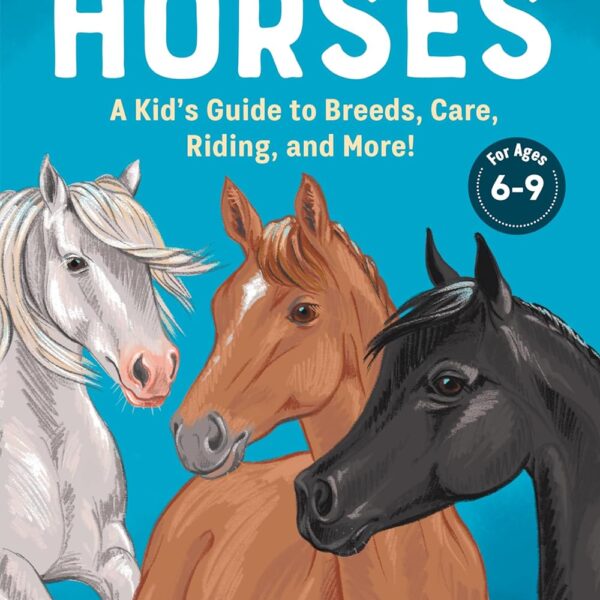
All About Horses: A Kid’s Guide to Breeds, Care, Riding, and More!
Buy Now →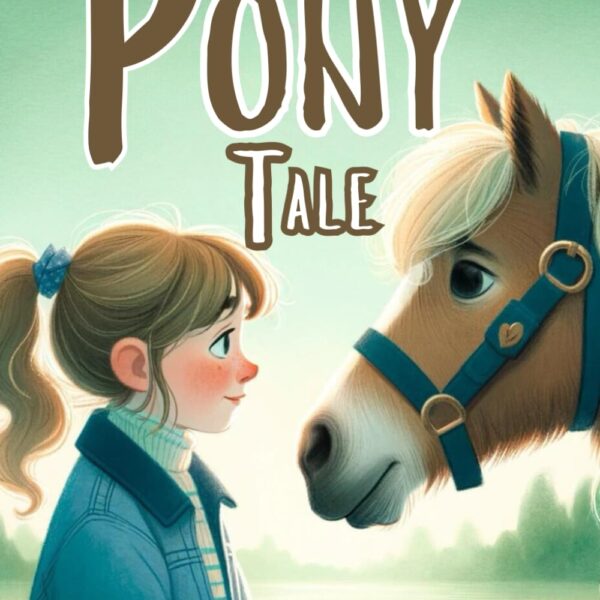 Buy Now →
Buy Now → 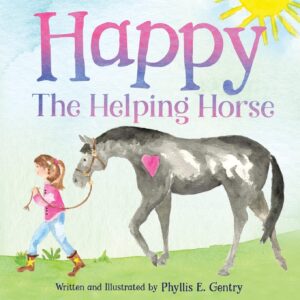 Buy Now →
Buy Now → 
Horse Life: The Ultimate Guide to Caring for and Riding Horses for Kids
Buy Now →
How to Draw Horses & Ponies: Step-by-step instructions for 20 different breeds
Buy Now →
National Geographic Kids Ponies and Horses Sticker Activity Book
Buy Now →
National Geographic Readers: Gallop! 100 Fun Facts About Horses
Buy Now →
Pop Out Horses: Read, Build, and Play with These Fantastic Horses and Ponies
Buy Now → Buy Now →
Buy Now → 
The Book of Horses: The ultimate guide to horses around the world
Buy Now →
The Everything Book of Horses and Ponies
Buy Now → Buy Now →
Buy Now → Some Jokes
Kids love jokes so I had to include some good ones here for them!
Printables

Horse I Spy Printables (2 levels plus 1 I Spy and Color)
Horse Word Search Printables (2 levels)
Horse Word Scramble Printables (2 levels)
2 Free Horse How Many Words can you Guess?
Horse Activity Mat by Kid Minds
Crafts and Activities

Bottle Cap Horse by Crafts by Amanda

Paper Bag Horse Hat Kids Craft by A Little Pinch of Perfect

Horse Handprint Craft by Simple Everyday Mom

Paper Bag Horse Craft by Simple Everyday Mom
Recipes
Horse Pony Cupcakes by Little Peach Cakery
No Bake Horse Cookies by Savory Experiments
Fig Newton Horse Cookies by Party Pinching
Zebra Cakes by Party Pinching
How to Draw Horses
Here is some instruction on how to draw horses. They are all a little bit different and the outcome of what the horse looks like is a bit different so you can choose which you like.
How to draw a horse by easy peasy and fun (step by step pictures and video to draw a simple cartoon horse)
Easy way to draw a horse by Mark Liam Smith (YouTube showing how to draw a lifelike horse’s head 1:24)
How to Draw Horses by clip studio (step by step pictures and video)
I found the facts for this post from the following sources
It is always good to cite your sources and if you would like to read more details, there is much more information at the links.
Horse by kids kiddle
Fun horse facts for kids by horse rookie
Now test what you learned with our Horse Quiz!
Horse Quiz
As an Amazon Associate, I earn from qualifying purchases.
 Buy Now →
Buy Now → 
Aurora Adorable Mini Flopsie Paint Stuffed Animal
Buy Now → Buy Now →
Buy Now →  Buy Now →
Buy Now → 
Lazy One Wearable Hooded Blanket for Kids
Buy Now → Buy Now →
Buy Now → 
The Petting Zoo Floppy Horse Stuffed Animal Plushie
Buy Now →
The Royal Horse Paint by Numbers Kit
Buy Now →
12 Sheets Horse Temporary Tattoos for Kids
Buy Now →If you make it, play it or use it, let me know! Rate it and leave a comment below. I love hearing from you!
Be Sure to Pin so you can find it easily later!

Are you following me on Pinterest? I have been working very hard making new boards I think you will love and am adding dozens of new pins from all of the popular homeschooling websites!
Come join us on our Facebook group, Loving Homeschool. I am adding daily pictures, links and much more than I would on the blogs and it is a place for you to find support from others on the same journey as you are. Come and share with others, ask questions and learn! And if you love recipes, follow my Best Recipes You Will Want To Make group on Facebook! Feel free to share your own favorites and find many new ones there!
I enjoy offering free printables and resources to bless my readers. Your frequent visits to my blog and purchases through affiliate links and ads keep the lights on so to speak. Thank you!

Cindy
Welcome! I am a wife, mother, mother-in-law, Grammy, daughter, sister and retired homeschooler. I enjoy writing about things I have learned over the years, sharing recipes and tips with others and making free printables for parents and teachers.




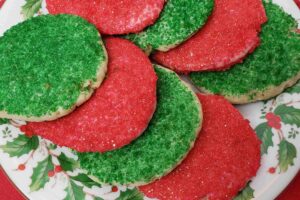







Hi, I just read through your horse unit study. It is written well. It does need a couple of corrections though. Not all domestic horses need shoes. Neither of my horses are shod. They both have nice hard hooves and get regular trims from our farrier. A horse can be either shod or barefoot, and it all depends on the horse and what they are used for. Also, the coronet band is a part on the horses leg. It is where the top of the hoof meets the hair. Hooves can be different colors though. Thanks again fora nice unit study. 😊
Thank you, Jamie. I appreciate you correcting me. I don’t want to have incorrect information in my posts. 🙂